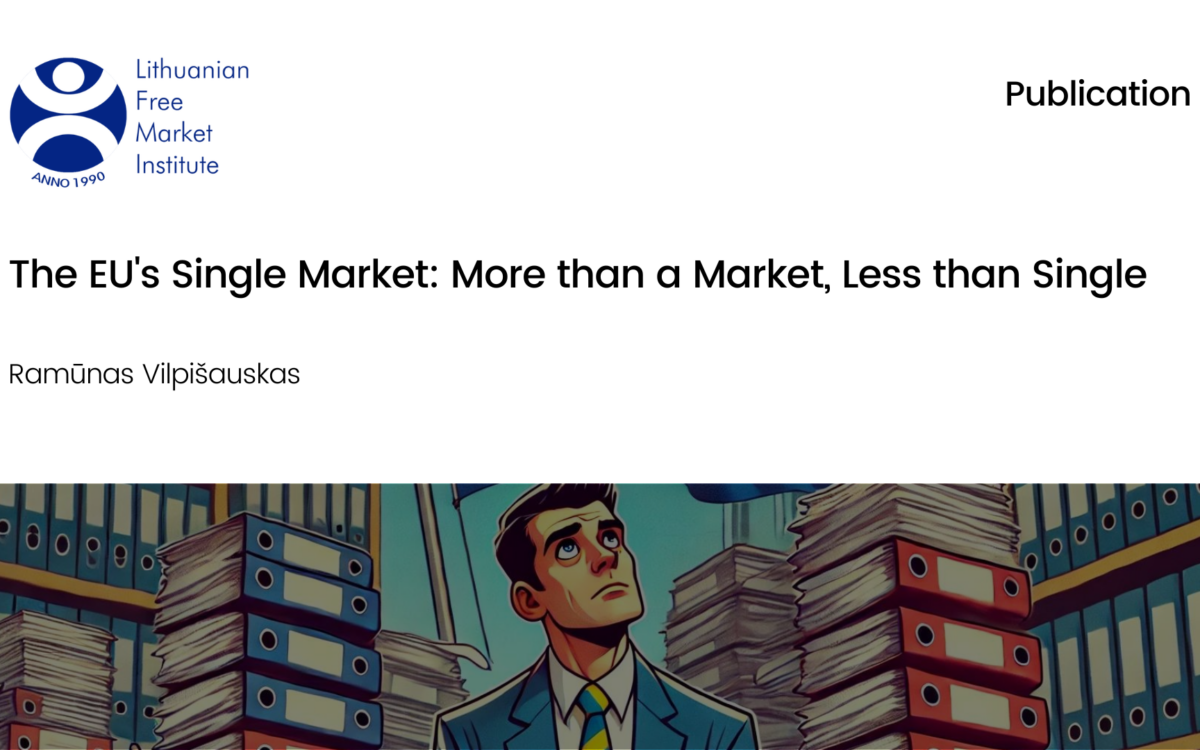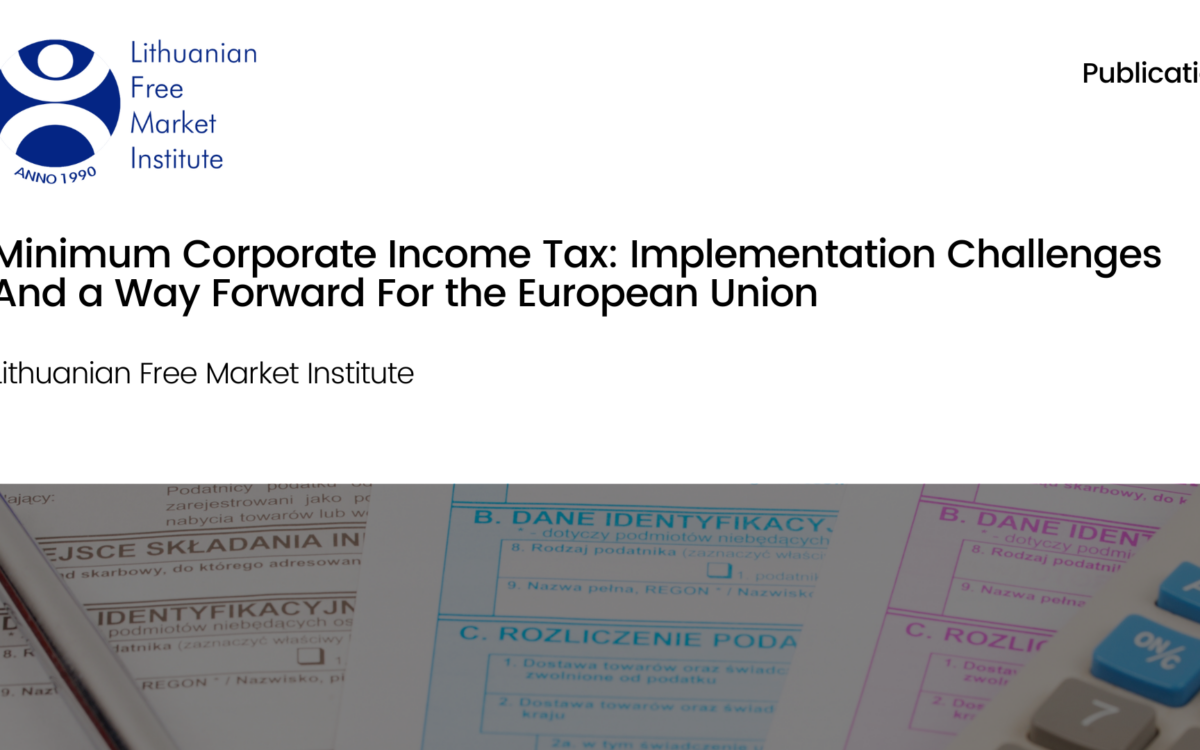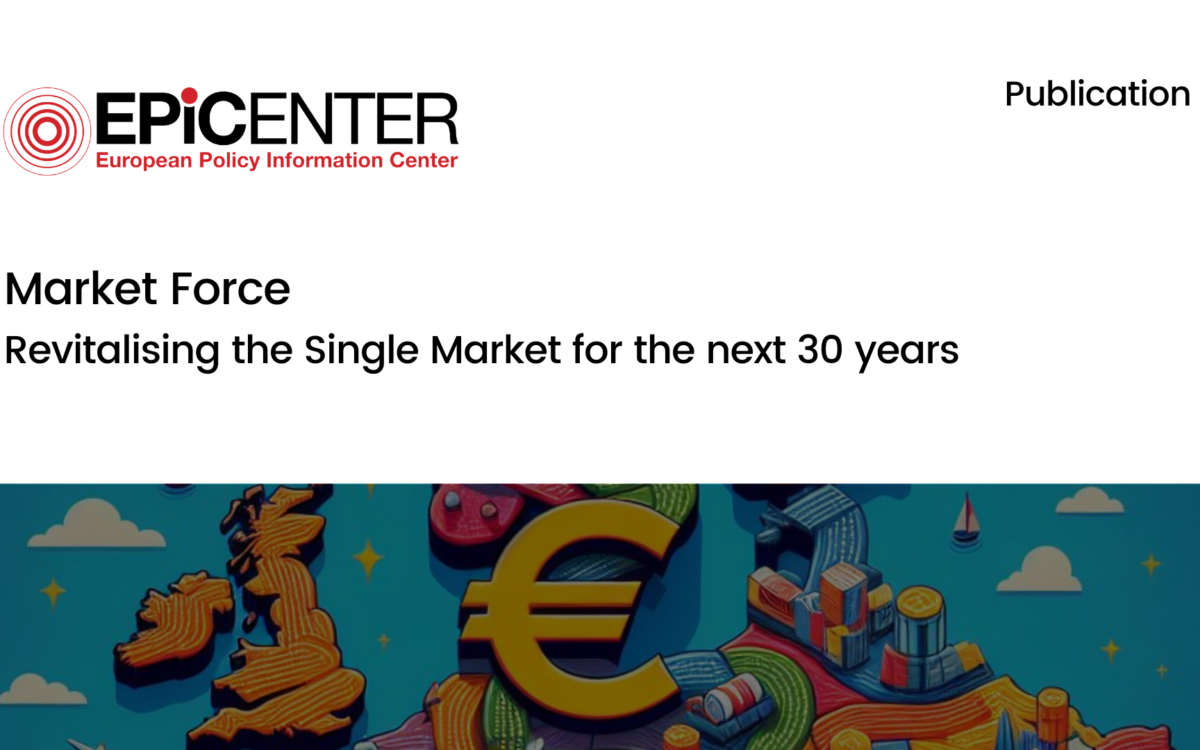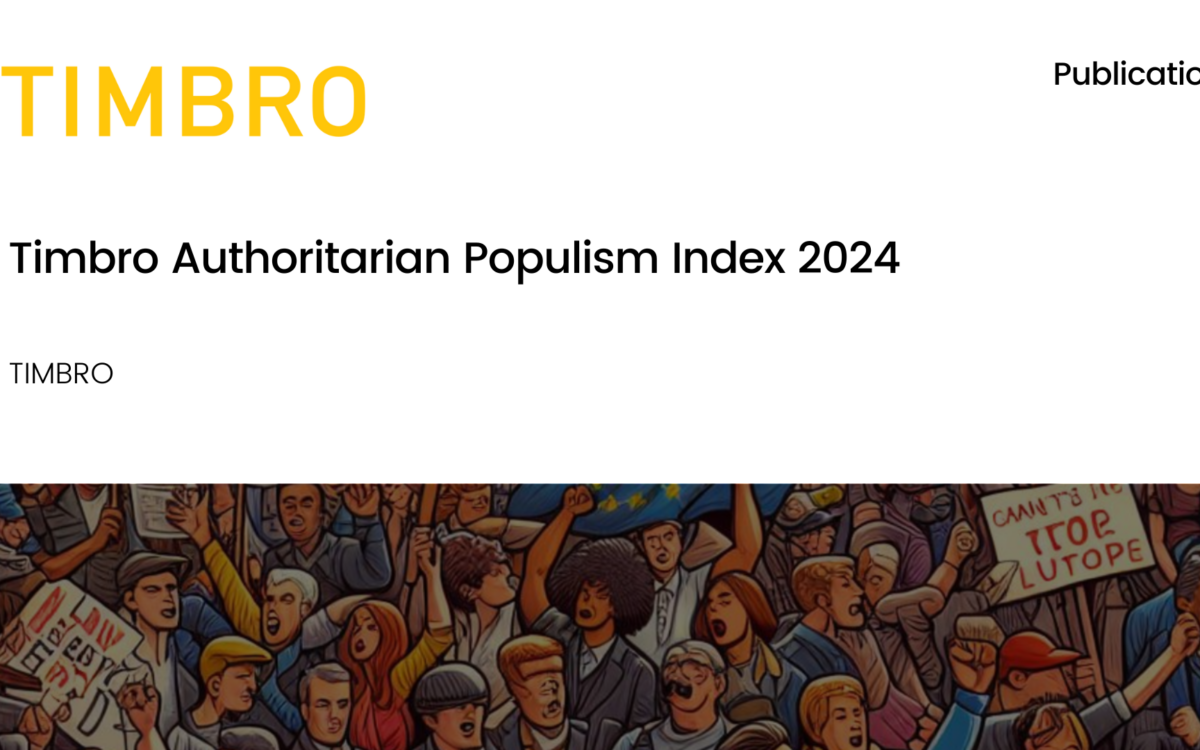Growing Protectionism After the Financial Crisis

Growing Protectionism After the Financial Crisis
2 May 2018
The weak global GDP growth since the financial crisis in 2007-2009 has coincided with unusually weak growth in global trade.
The average global tariff level has decreased somewhat since the mid-2000s, which is in contrast to the strong increase in various non-tariff barriers to trade.
Non-tariff barriers to trade are laws and rules that require certain products to be produced and distributed in a certain way. In particular, technical trade barriers and other administrative costs that export companies encounter can inhibit trade.
The number of policy measures that restrict trade has increased significantly faster than the number of policy measures that liberalise trade.
One way of ensuring a trade policy that more lastingly facilitates trade between countries may be to agree special clauses that guarantee that foreign investors and companies have the same terms as domestic investors and companies in trade and investment. Trade and investment agreements that include investment protection clauses and so-called ISDS clauses (investor-state dispute settlement) have a positive effect on international trade.
Download or share this publication
View the PDF
EPICENTER publications and contributions from our member think tanks are designed to promote the discussion of economic issues and the role of markets in solving economic and social problems. As with all EPICENTER publications, the views expressed here are those of the author and not EPICENTER or its member think tanks (which have no corporate view).



